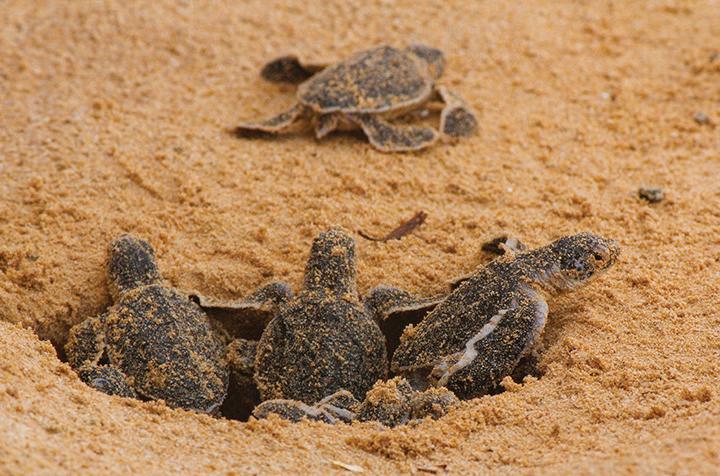
1 minute read
Neuroscientist
(brain flexibility) “plasticity.”
N: Why is their right side weak, if they removed the left side of their brain?
Advertisement
X: It turns out that that your brain is connected to the opposite side of your body!
N: Can you take your brain out of your head and still see?
X: Yes, just don’t disconnect your eyes! There are nerves that go from your eyes to your brain, and as long as they’re still connected, your eyes can still send information to your brain. But I don’t recommend this.
N: Can you take your brain out, store it for a while, and put it back in?
X: Not yet. Maybe someday we’ll be able to do that, but there are a lot of wires to connect, and so far no one has been able to do that. There’s a doctor who wants to do a head transplant from a patient whose body doesn’t work anymore, onto a body whose head doesn’t work anymore, but that hasn’t happened yet. Maybe someday.
I want to thank my dad because the answers were very detailed, and those questions have been bugging me. The brain is what makes us very intelligent, and computers are getting intelligent, too.
WHAT CAN WE DO TO REDUCE CLIMATE CHANGE?
There are many ways to help our Earth and its biodiversity. Such as:
1. 3Rs: Reduce, Reuse, and Recycle.
2. Walk and bike to nearby places or use a carpool.
3. Compost
4. Plant trees
5. Live-in two or more-story houses to save space.
6. Use electricity and water wisely
7. Do not feed wild animals
8. Use less plastic
9. Use things that are biodegradable such as plant products: wood, paper, food material etc.
By taking these small steps, you can help ensure the safety of biodiversity and make a big difference for all future generations.
Sea Turtles: A Dark Furture
BY ANNA TSEKOS
This world is changing quickly. A lot of animals have died due to the effects of climate change and pollution. Could our beloved sea turtles be next?
Sea turtles are reptiles. There are seven different species. According to the World Wildlife Fund (WWF), all of them are endangered. Both pollution and climate change threaten sea turtles in many different ways.
For example, the temperature of the sand around a sea turtle’s egg determines the gender. If the sand is warmer, the turtle will be female. If

